The systems that convert the rays from the sun into electrical energy with the help of special technologies are called GES. These systems, which do not pollute the environment and are noiseless, consist of many components. In addition, the fact that it is sustainable and renewable increases the number of SPP projects today. In these systems using photovoltaic technology, the rays reaching the panels, ie photons, first come to the semiconductor material. Here it reacts with the crystals and forms an electric current.
Photovoltaic (PV) solar energy systems, which are used to generate electricity from light photons, are divided into different types according to the purpose of use and grid connection status. Generally, PV systems, which come to the fore as grid-connected and off-grid, are also considered as agricultural pumping applications and Hybrid. Photovoltaic applications, which do not only consist of solar energy systems, also include components such as charging, battery and intertor.
Grid connected Photovoltaic solar energy systems are defined as On-Grid applications. These are systems where the generated electricity is converted into AC electricity and transmitted to the grid. The working principle of this application consisting of 3-phase or single-phase interrupter, data logger, bidirectional counter and solar panels is as follows;
Firstly, the electricity generated by the panels is regulated in the interconnector to the grid. It is then brought to a state that can be transferred to the electricity network. Since the battery is not used, there will be a power outage in case of a problem in the network. In order to prevent these situations, battery support is recommended in Photovoltaic systems. Off-Grid Photovoltaic systems are for regions where there is no electricity grid. Charge controller, inverter and The working principle of these systems consisting of solar panel and battery is as follows;
The generated electricity is regulated by the charge controller. This electricity is then stored in batteries. The electricity stored in DC form is converted into AC electricity via the inverter. The general working principles of SPP are as follows. Panels that interact with light particles then release electrons and thus generate electric current. The electricity obtained is usually in direct current format and is converted into AC, ie alternating current, through the inverter and supplied to the grid.
Solar power plants can be installed with different structures and technologies. These include;
Concentrator systems: In these systems, sunlight is concentrated with parabolic mirrors or fresnel lenses and energy is produced. Dish Motor Type systems: It is preferred where there is no electricity network. Solar Energy towers: These are tower-shaped systems that offer high efficiency. The cost is high. Photovoltaic systems: They are the most common systems today. The advantages of solar energy systems are also numerous. If we list these advantages;
Reduces economic dependence on foreign sources. Increases the income from natural resources. Maintenance costs are low. SPP can be installed in every area where energy is needed. Empty areas such as roofs or fields functionalised with GES. Installation is easy. Investment cost is low. High efficiency is obtained. Renewable energy systems. They are environmentally friendly systems. It has no harmful effects on the environment such as carbon monoxide, gas, radiation, harmful fumes or sulphur. It is an unlimited source of energy. There are also many individual advantages for those who want to establish a solar power plant. Firstly, you can make a serious contribution to nature as you will not emit carbon dioxide emissions in the process of generating electrical energy. Since the panels are easily cleaned, rainwater is usually sufficient. Other individual advantages of GES, which is preferred by those who want to enter the electricity trade, are listed as follows;
The return on investment is completed very quickly. An endless and effortless energy source is utilised. Turkey is in a favourable position for GES investment, so it can be preferred. Facility installation is safe and fast. These systems, which have a long-term warranty and service life, are always robust. The plant value can be increased with a GES to be installed on the roof. Since you will produce your own electricity thanks to GES, it is not affected by the increases applied to electricity prices. By having a solar power plant, less dependent on grid electricity while increasing your home or business value. GES, which are long-term and low- cost investments, will also ensure that you are not affected by power outages. Finally, you can shape your long-term investments while benefiting from the sun, which is an unlimited and free energy source.
How Much Does 1 Acre Solar Power Plant Earn?
A 1 acre solar power plant, which provides economic and environmental benefits, is a suitable investment for a start. On the other hand, investors who have a sustainable energy source will significantly reduce energy costs. It should not be forgotten that GES, which can be installed in large areas, also works with the principle of high efficiency.
The return of SPP may vary depending on multiple criteria. Factors such as panel quality, duration of receiving sunlight and geographical location will answer the question of how much it pays to build a 1 acre solar power plant. Looking at the annual period, the return of 1 acre SPP is high. Therefore, it is possible to say that it is an extremely important investment for both businesses and individuals. Costs can be amortised with incentives and exemptions that can be taken at the beginning. On the other hand, when the excess electricity generated is sold to the grid, an additional source of income will also arise.
1 acre of land is an average area of 5 thousand square metres. In such an area Between 300 and 350 solar panels can be installed. The efficiency of these panels with a total capacity of around 100 kW will vary according to the duration of sunlight. On average, a solar energy system with a capacity of 1 kW can produce up to 1,500 kWh of energy per year. In that case, the average GES investment made on 1 acre area 150.000 kWh electricity will be produced. When we look at this figure, we can say that the annual electricity needs of a household will be more than met.
It is recommended to use solar tracking systems together with the solar power plant. Because energy production capacity increases with these systems. Tracking systems the sun to be followed by panels throughout the day. Thanks to solar tracking systems that increase energy production by an average of 20% to 30%, up to 195,000 kWH of energy can be produced annually with a 100 kW energy capacity that you will install on 1 acre.
How Much Are Solar Power Plant Prices?
Solar power plant prices vary depending on the equipment to be used in the installation process, installation capacity and market conditions. In 2024, general cost ranges can be listed as follows with examples;
For a 1 MW SPP, the cost can vary from 1 million TL to 1.5 million TL. The price may decrease or increase according to the material used and the size of the power plant. 10 kW GES will meet the electricity needs of an average living space. As a price, a cost between 300.000 - 500.000 TL can be deducted. These prices we share are purely for illustration. Other factors affecting the cost;
Incentives You can apply for incentives to reduce investment costs. Quality: The quality of SPP components will directly reduce investment costs. Installation Area: There is a cost difference between rooftop or land installations. Panel Shape: Pricing varies for panel types such as thin film panelpolycrystalline or monocrystalline. What is Required to Build a Solar Power Plant?
The steps to be followed to establish a solar power plant are as follows;
The land to be installed GES is determined and survey studies are started. Along with profitability and cost calculations, the financing method is activated. In this process, if necessary, applications are made to support and grant programmes. Preferred land for solar energy production is leased or purchased. Marginal Agriculture Report and Environmental Impact Assessment (EIA) Exemption Report are obtained for SPP. Application is made to the relevant electricity distribution company for the installation process. At this stage, the requested documents are submitted. In the land to be used for GES, the arrangement process is started in order to place the panels smoothly. Necessary materials are purchased. SPP installation is started and the panel and other equipment are connected. also a number of application documents required for SPP. These are
Identity and signature documents of the applicant or signature circular, activity report, tax certificate of the company designing SPP Production connection application form Title deed of the land or lease agreement for a minimum of 2 years If the land where SPP will be established is treasury land, right of use certificate Report proving that the SPP land is marginal agricultural land Receipt of payment of the application fee Wet signed document containing all technical details of the SPP Energy transmission line project Declaration of waiver SPP technical evaluation form Application sketch Declaration of prohibition of additional activities Document showing that the person approving the project is an electrical engineer For 1 MW and above projects EIA report Call letter to be received from the distribution company How to Select the Suitable Land for SPP? Selection of suitable land for SPP is very important. A suitable land must meet the following conditions;
The land where the project will be implemented should face south. It should receive a large amount of sun. should be close to the substation. Because electricity capacity is provided for the SPP to be installed from the substation. There should be roads near the land. The geological structure of the land should be suitable for SPP. In this process, even if it is a region with high radiation potential, it should not be far from rivers and sloping lands. There is always a risk of landslides in such places. Attention should be paid to the soil structure in the installation of the panels. Potholed or bumpy lands increase the cost of SPP installation. There should be no high structures or hill formations around the SPP land in order not to decrease the efficiency. The most important issue in the selection of suitable land for SPP is actually to calculate the solar potential of the land. Meteorological researches should be carried out for the potential to benefit from solar rays during the year. In addition, the number of rainy, cloudy and average sunny days in the last few years should be looked at.
The distance to the transformer centre for SPP should be maximum 20 km. Although the application of lands far from this distance is not accepted, the recommended distance varies between 1 and 1.5 km. The shorter distance between the transformer and SPP reduces the cost. To get detailed information on this subject, it is sufficient to apply to the electricity distribution centre in the region with the parcel and island number of the land.
How to Increase the Energy Obtained in SPP Projects?
In order to increase the energy obtained in SPP projects, solar tracker systems should be used. These systems, which increase efficiency by at least 20%, can control on single axis and double axis according to the number of axes. In addition, according to the control method, it can be used in two different ways as actively controlled systems and passively controlled systems. Solar tracker, which allows you to benefit from solar energy all day long, is now among the applications that are accepted and used worldwide.
These systems, which follow the position of the sun to capture sunlight more efficiently, automatically adjust the angle of the panels. In this way, while receiving more sunlight during the day, it provides high efficiency by capturing the rays in the best way at other times of the day. In the morning and evening hours, when the sun is at a low angle, the panels are brought to the ideal position and maximum energy starts to be collected.
The solar tracking system, which may have a high initial cost, amortises the cost in the long term. While reducing energy costs, more energy is produced than fixed panels. This leads to a reduction in energy bills and a rapid return on investments. These systems are long-lasting and do not require serious maintenance. Solar tracking systems that can be used for many years Thanks to its features, it offers effective solutions to energy consumers and producers.
The reason for the higher efficiency in these systems is that they follow the sun directly and ensure that the light comes at right angles. In addition, less space is needed when following the sun. When compared with fixed panels, it is seen that these systems use a small area to generate energy. When solar tracking systems are used, the wear rate of the panels will also decrease. In other words, the panels are used in the longer term.
Solar tracking system types and descriptions are as follows;
Dual Axis Solar Tracking System: These are the systems that enable the panels to move around both vertical and horizontal axis. It follows the sun according to seasonal changes and from east to west. Efficiency can be between 30% and 40% in this way. Single Axis Solar Tracking System: In this system, the panels around only one axis. In other words, this movement, which continues in the east - west direction, is also from east to west. Efficiency can be between 20% and 25%. Types and descriptions of solar tracking systems according to their working methods;
Passive Controlled Systems: They are closed cycle systems. It ensures that the panels are directed in the direction of sunlight. By using special sensors, the direction of intense light is detected according to different times of the day and system control is provided by generating signals. These systems can be affected by environmental factors. Active Controlled Systems: There is no sensor in these systems. Position information is obtained by using mathematical algorithms and open loop tracking is performed. Although they are complex, they give reliable results. it possible to rent a field for SPP?
When choosing a suitable area for GES, you can rent places such as fields or land. Of course, you can install SPP by paying attention to the pre- and post-leasing processes. It is essential to obtain the legal permits required for the land during the rental phase. In addition, a written lease agreement should be made between the parties in the lease. In this way, you can realise your project after renting the field that you will formalise. In fact, it is always cost-effective to rent a field to build a solar power plant. It is important to have information about all the features of the land and legal processes before leasing.
Solar Power Plant and Solar Farm the Same Thing? Solar power plant and solar farm are similar to each other due to their terminological expressions. However, solar energy field covers special projects established in much larger areas. In this sense, while SPP is considered a more general term, both terms refer the place of solar energy in electricity generation. Recently, solar farms have been used by countries such as China and Saudi Arabia and have started to be preferred for large investments. In order to understand the difference between both terms, it is necessary to define them again;
Solar power plant is the general name of systems that convert light from the sun into electrical energy. It is used in large or small scale projects and consists of more than one component. Solar farms are applications that are installed in large areas and function as SPPs. It is used for SPPs with high capacity. Otherwise known as very large volume power stations. Solar Farm Support and Grant Programmes
There are different grant and support programmes to establish a solar energy field. For example, solar energy support was offered by KOSGEB for 2024 up to 14 million TL. This support rate, which is 60 per cent of the total budget, is transferred on a repayable basis. In addition, repayments must be paid for 12 months as of the end date of the project. Afterwards, it is made in 6 instalments in four-month periods. The general terms and conditions of this support may change periodically.
Solar energy field within the scope of support and grant programmes;
YEKDEM: The Renewable Energy Resources Support Mechanism provides SPPs with a 10-year fixed price electricity purchase guarantee. Investors can obtain long-term income guarantee in this context. KKYDP: Within the scope of the 'Supporting Rural Development Investments Programme' carried out by the Ministry of Agriculture and Forestry, a support of 2.5 million TL is offered to enterprises with less than 250 employees for SPP. In addition, the turnover of these enterprises must be less than 125 million TL. 50% of the support in question is offered as a grant.


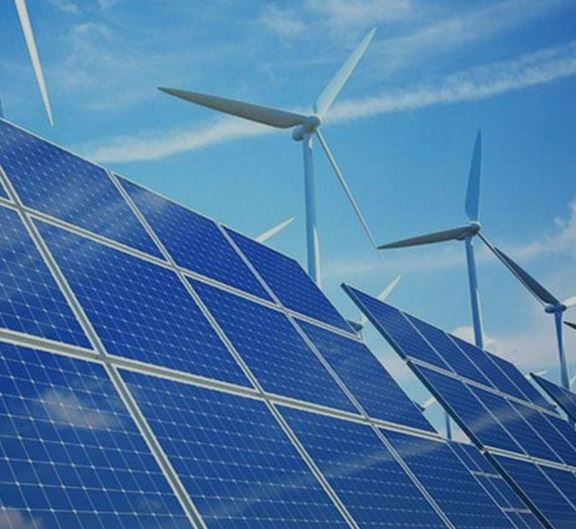
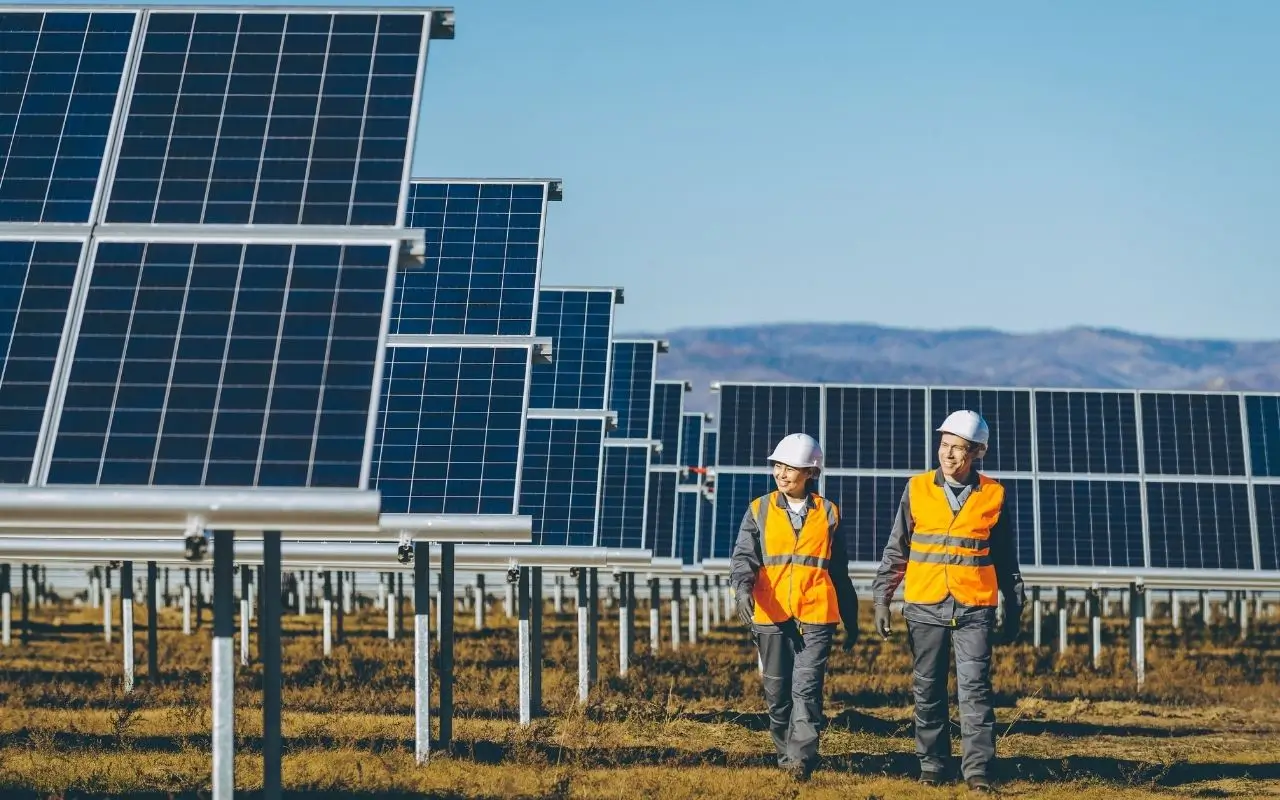
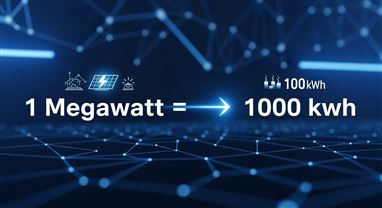
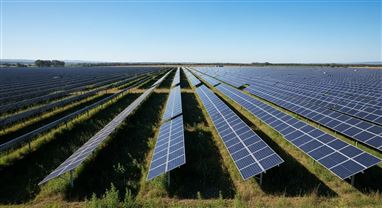
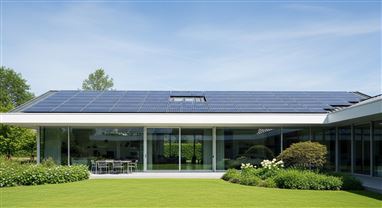
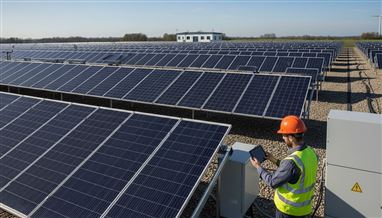
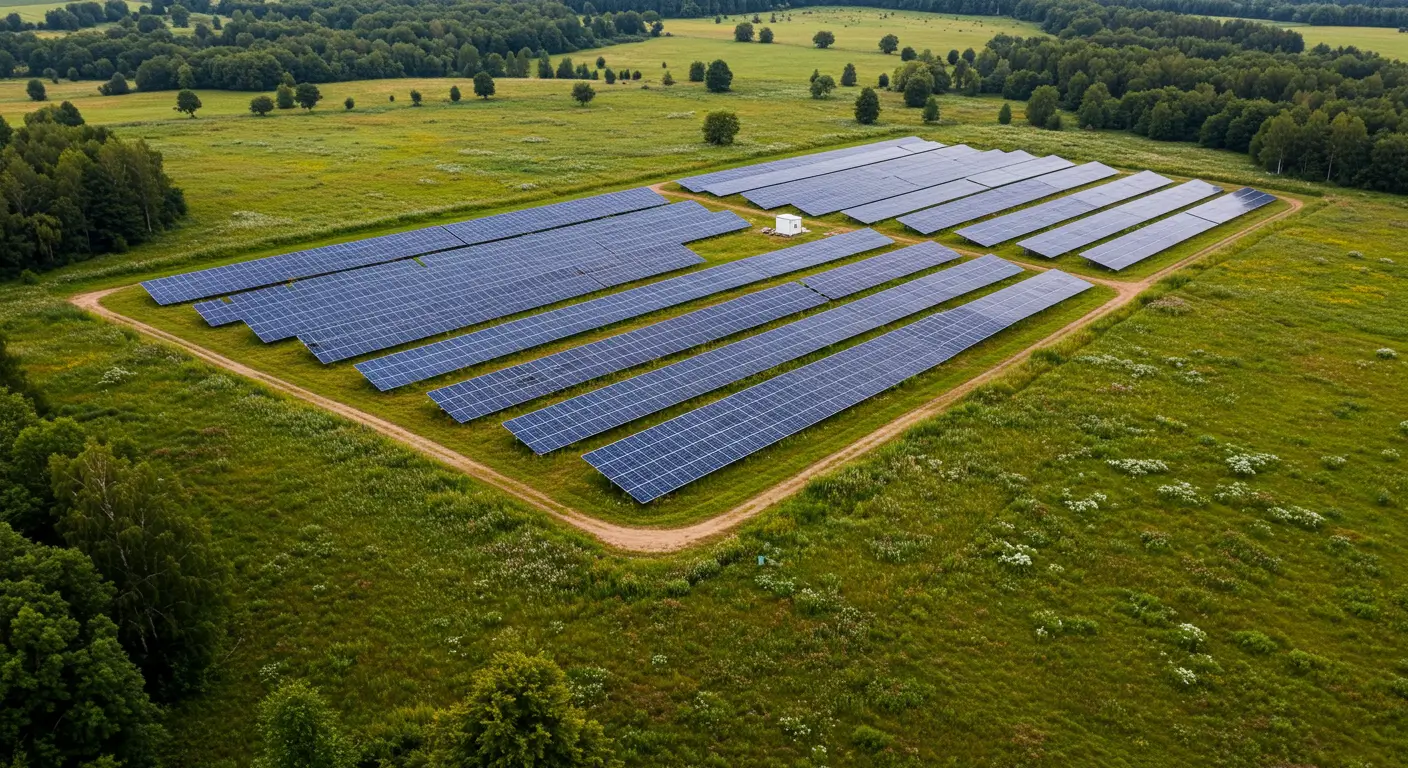
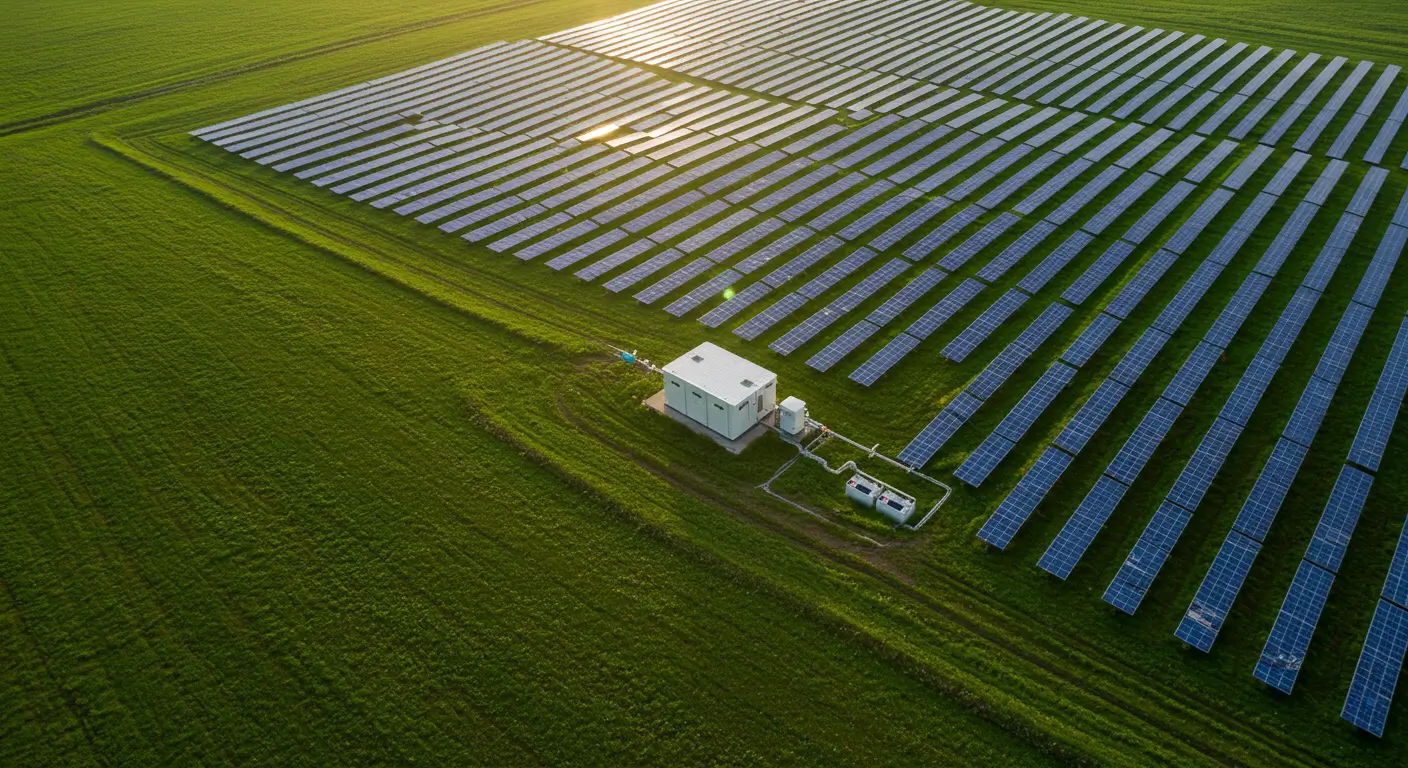
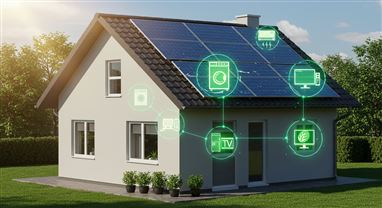
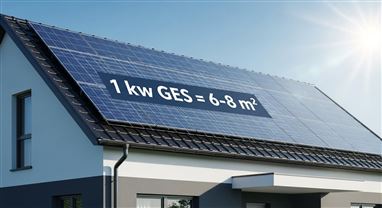
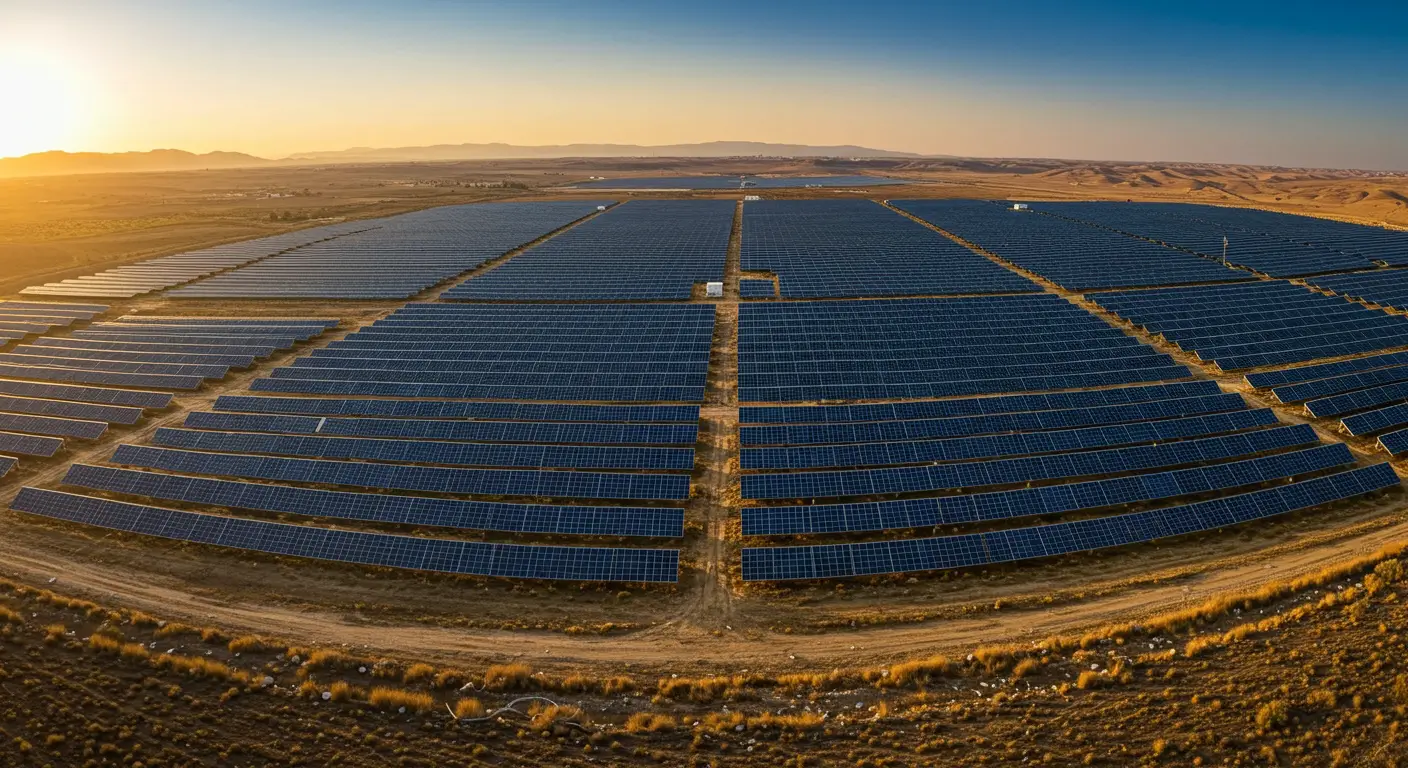
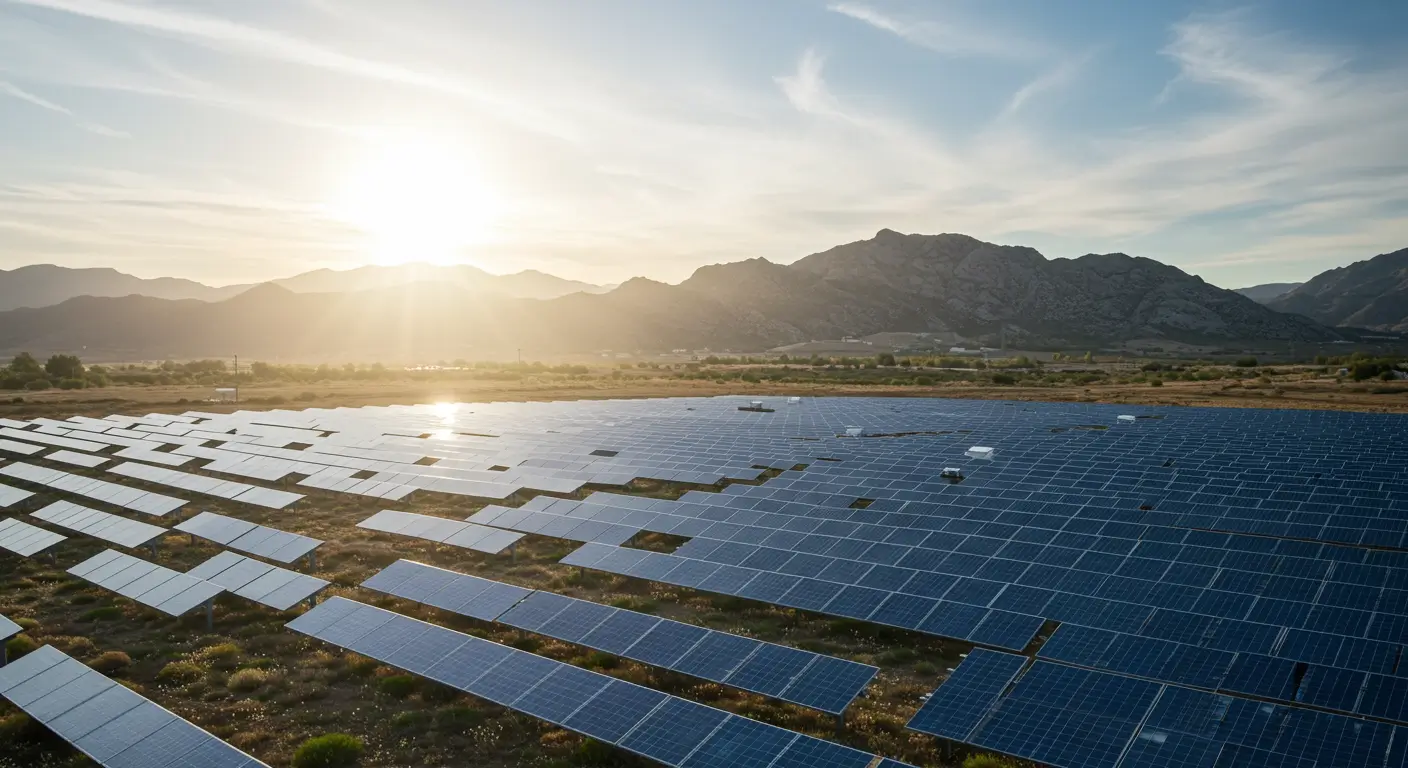
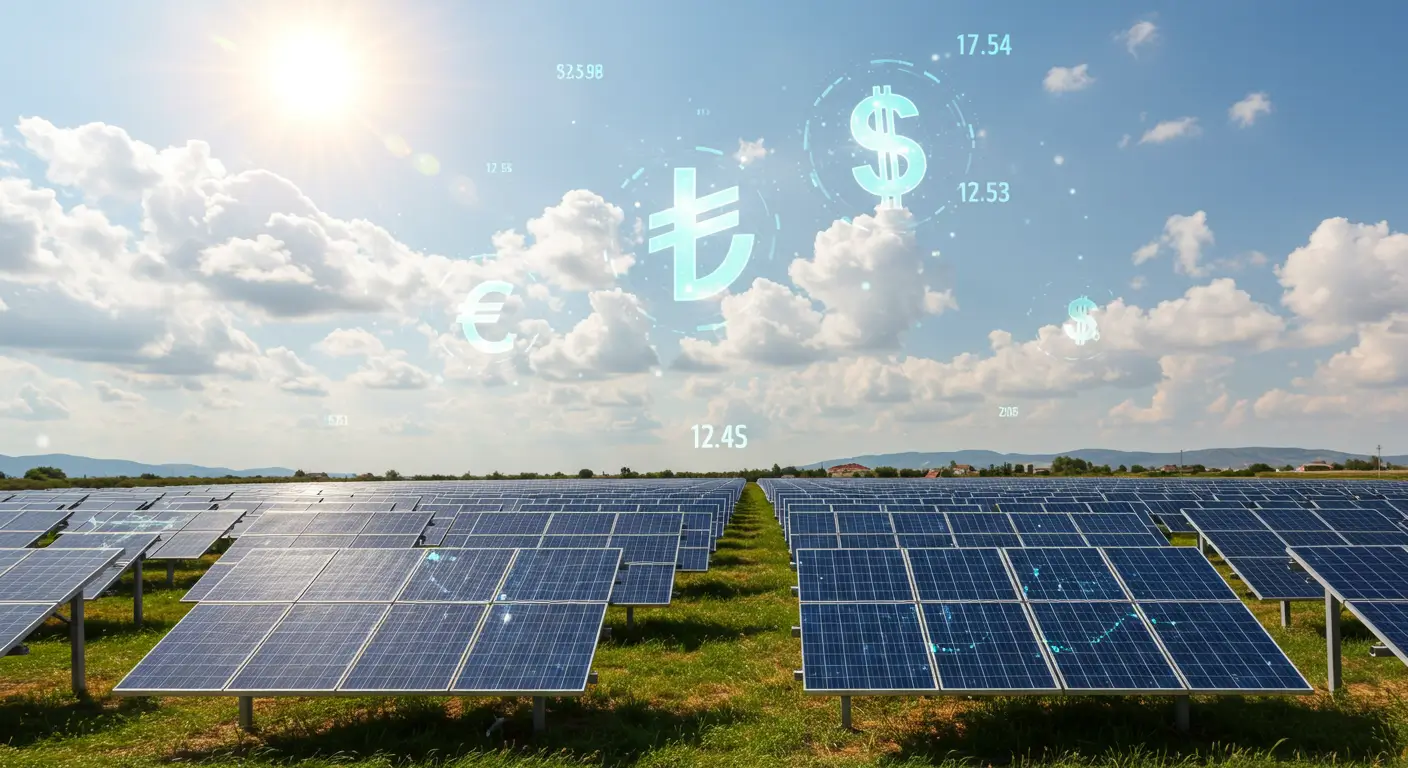
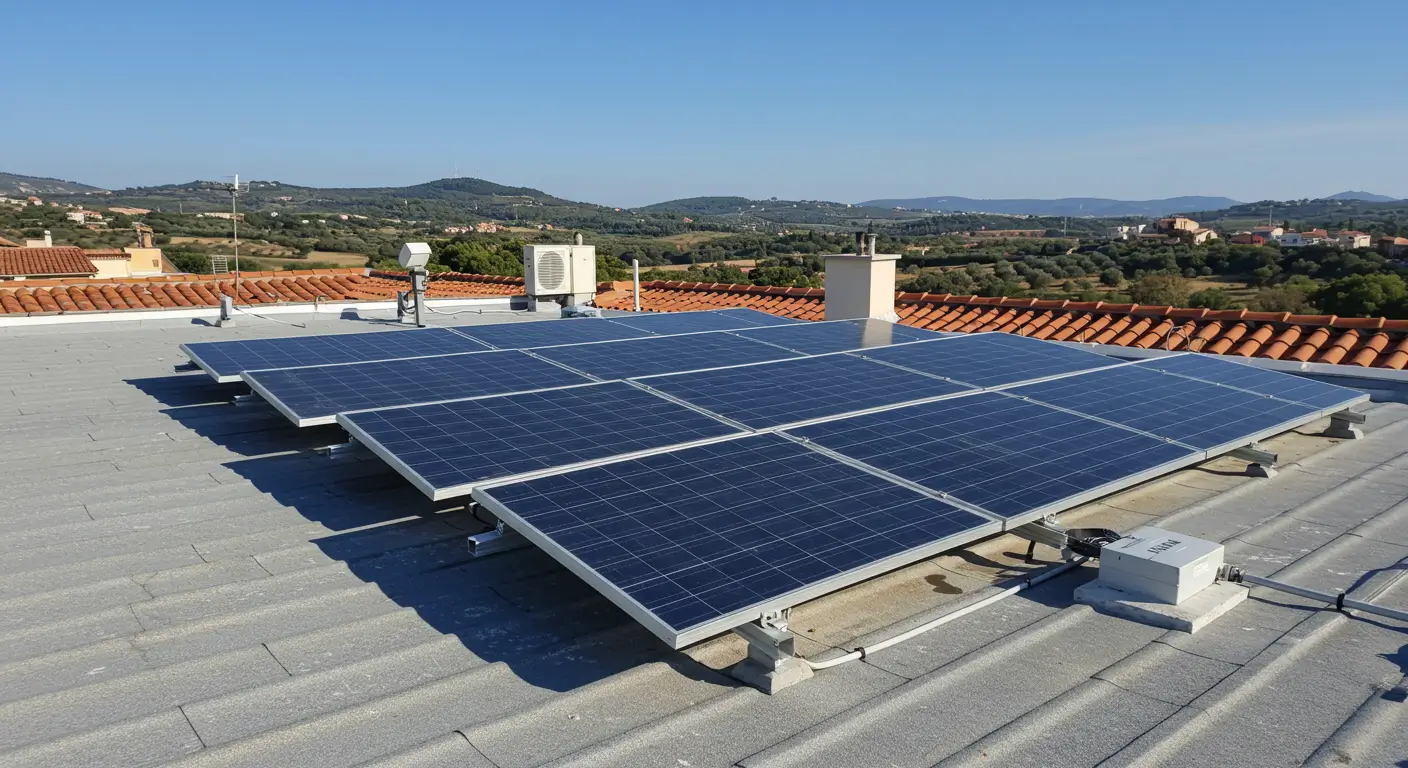
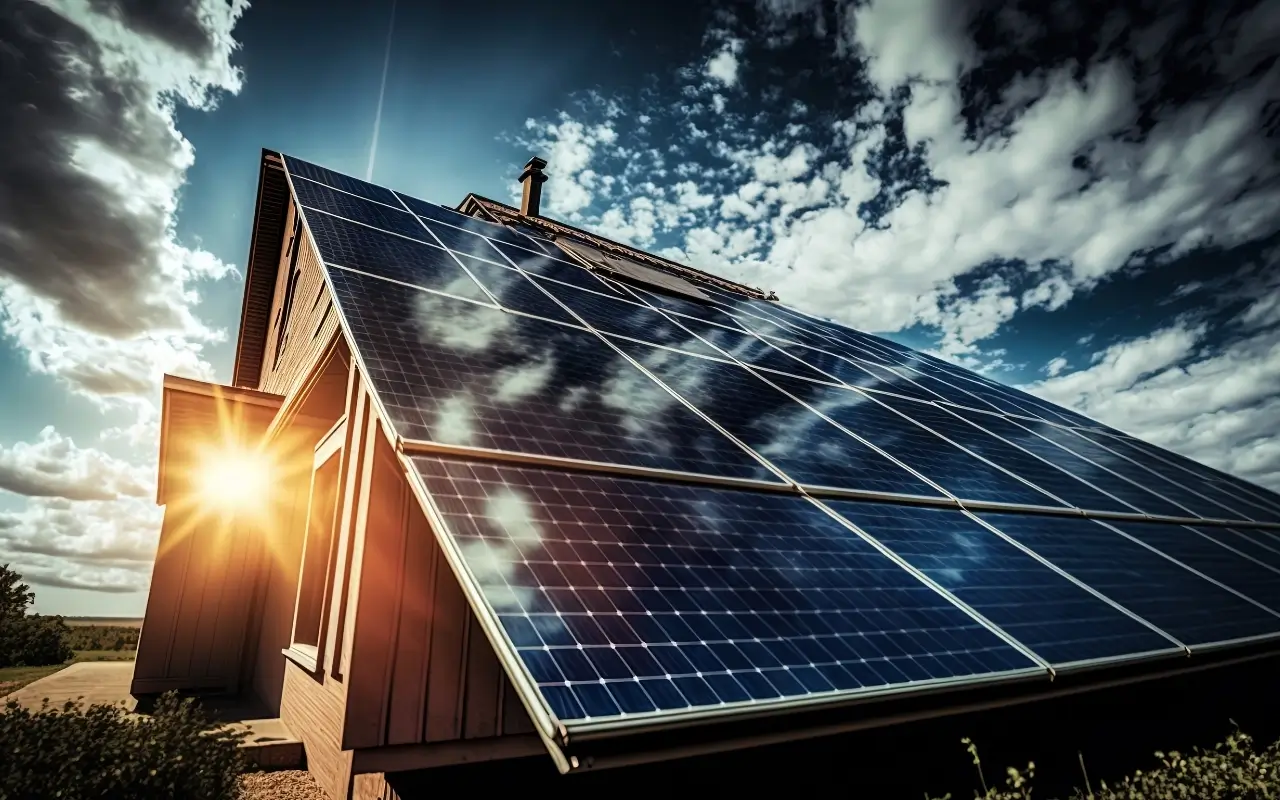
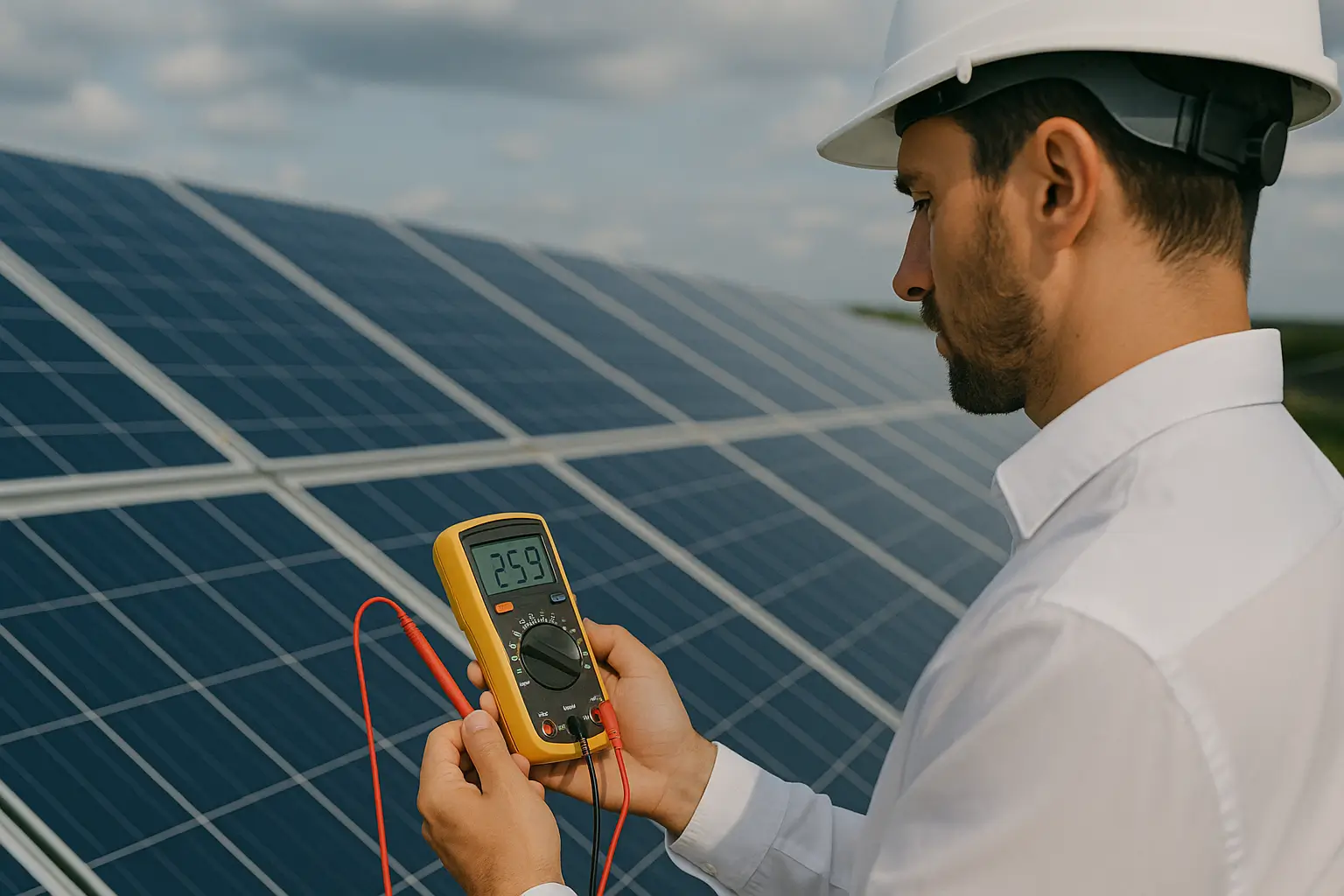
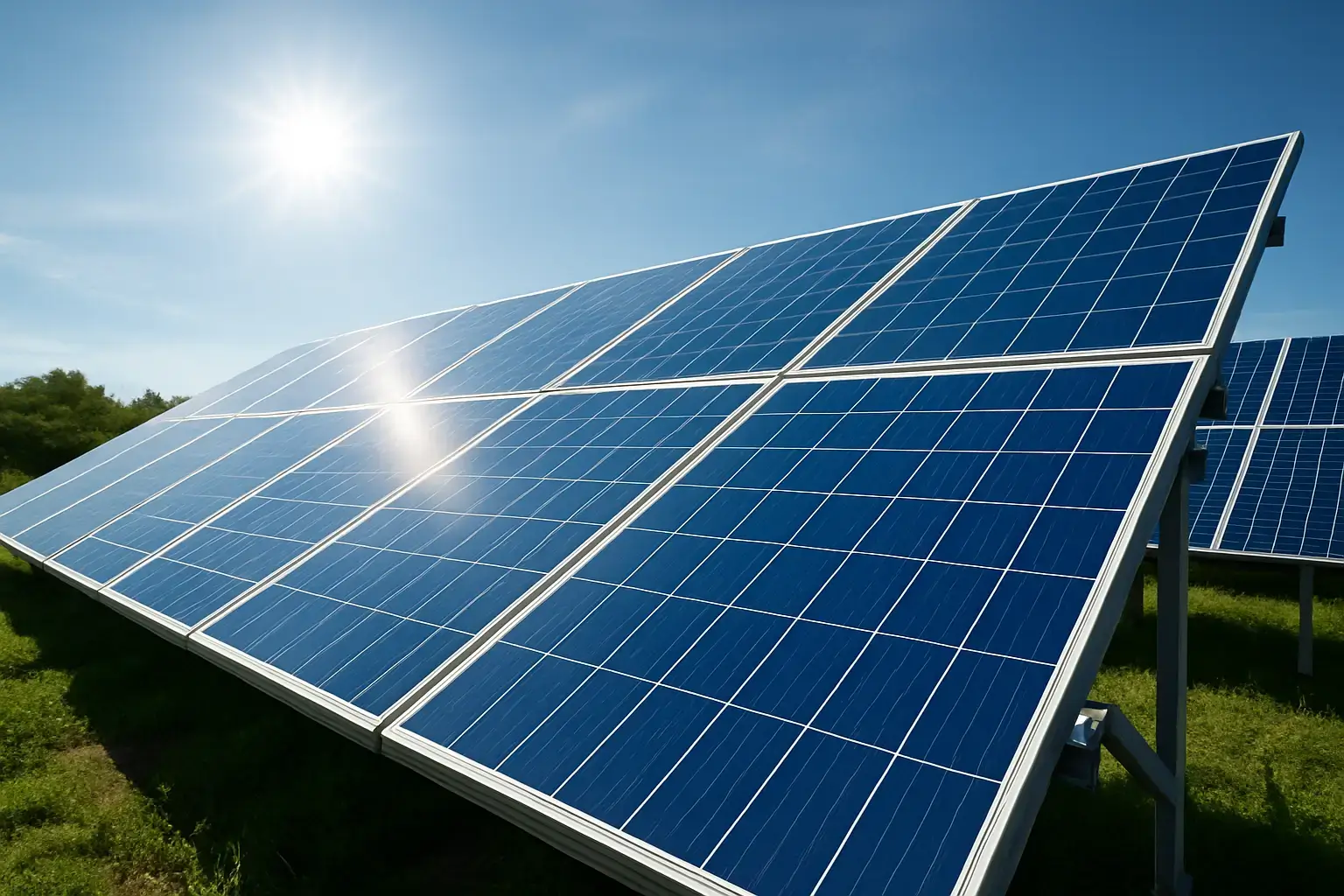

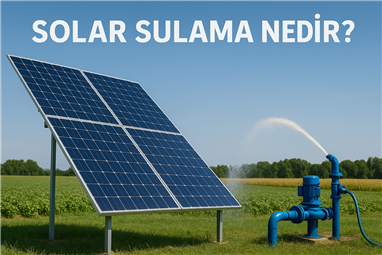
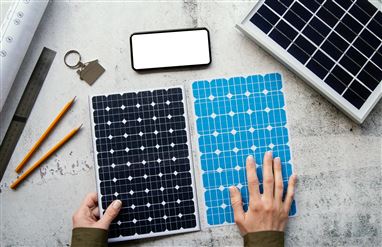
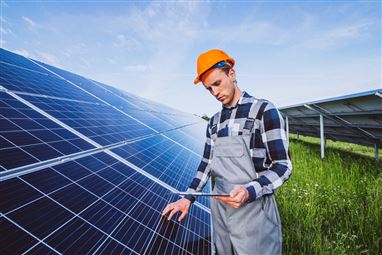
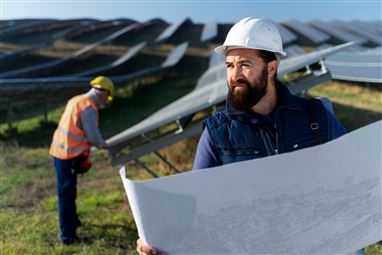
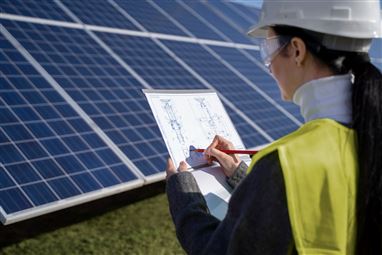
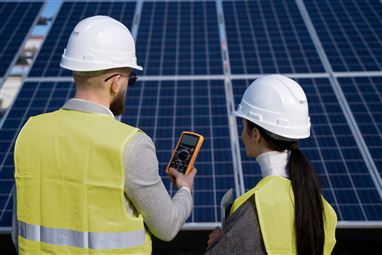
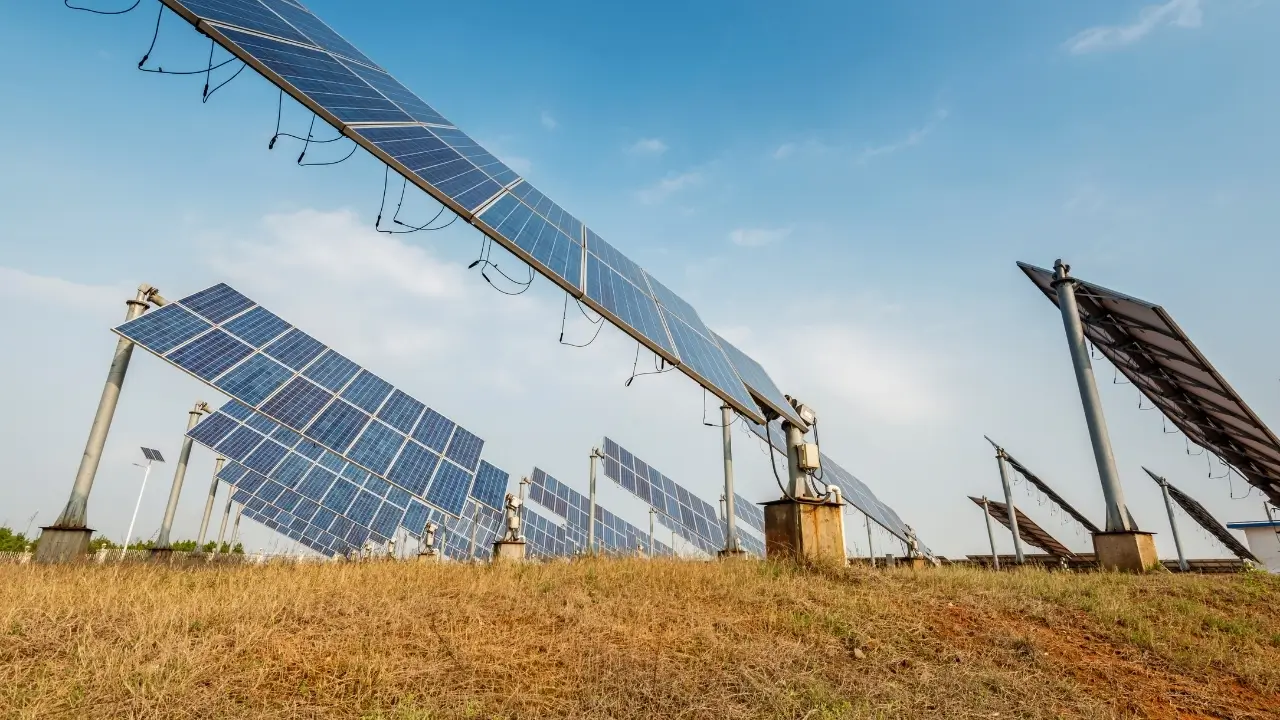
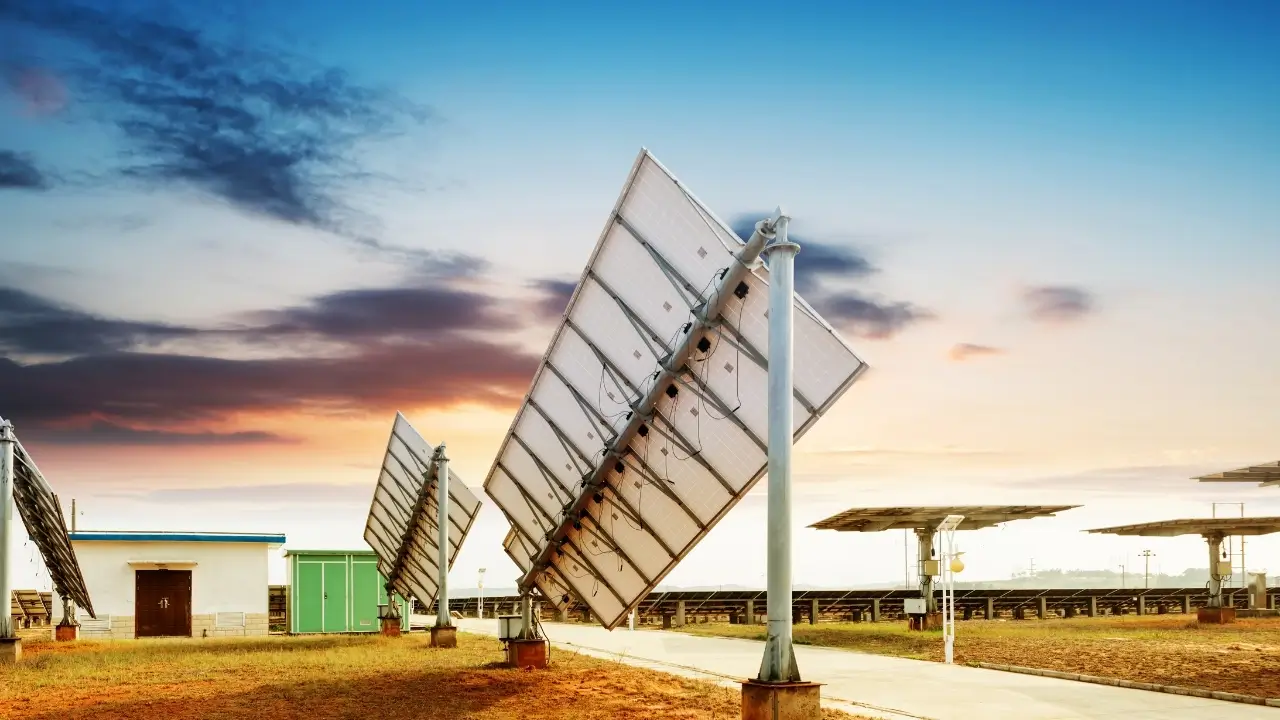
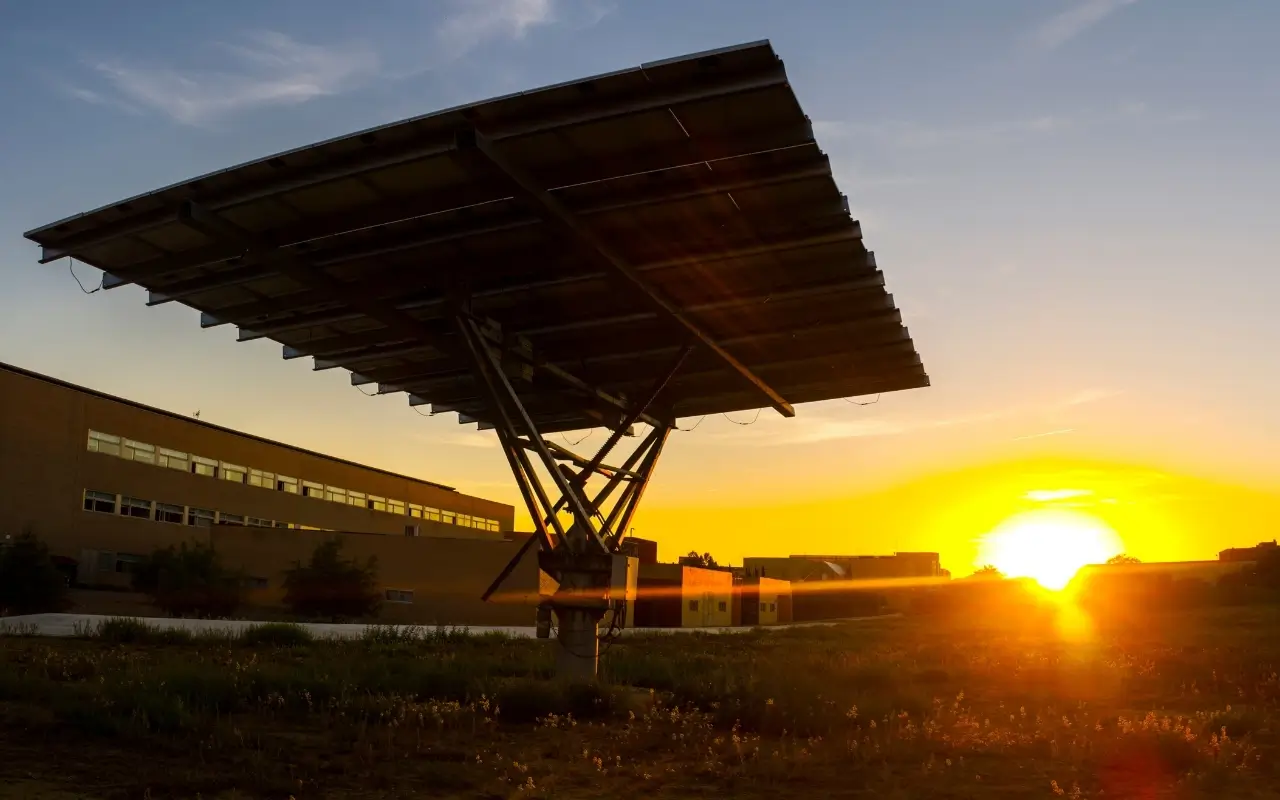
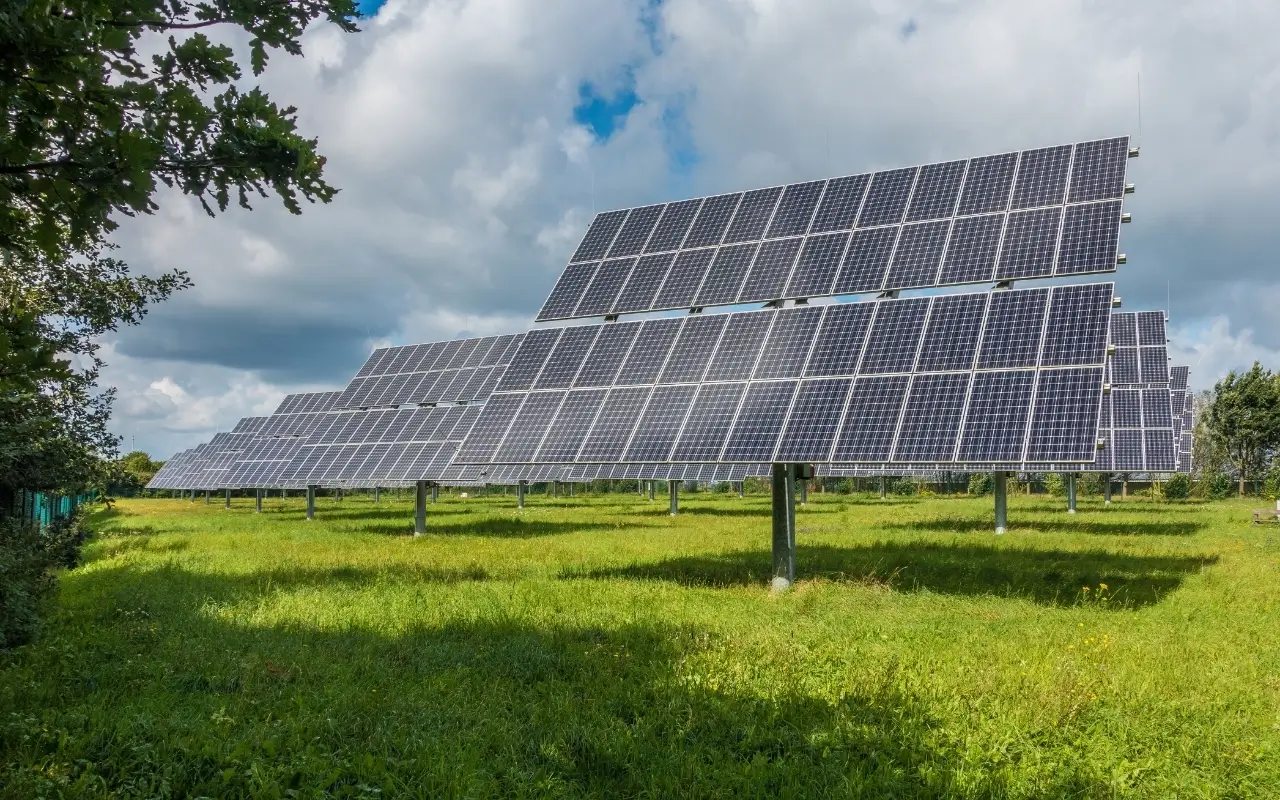
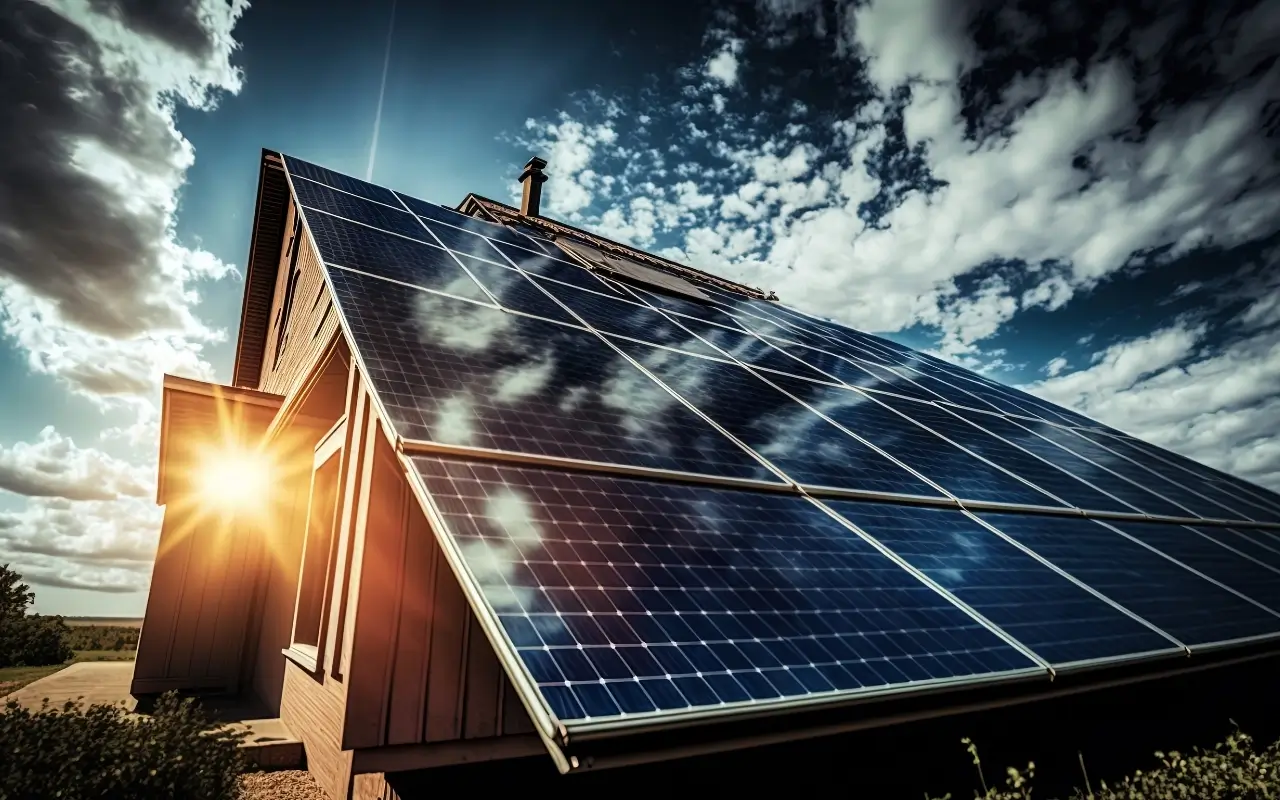
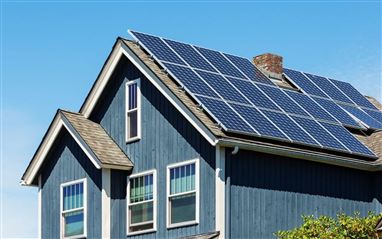
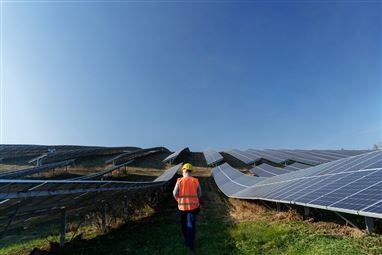
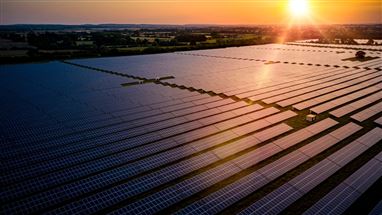
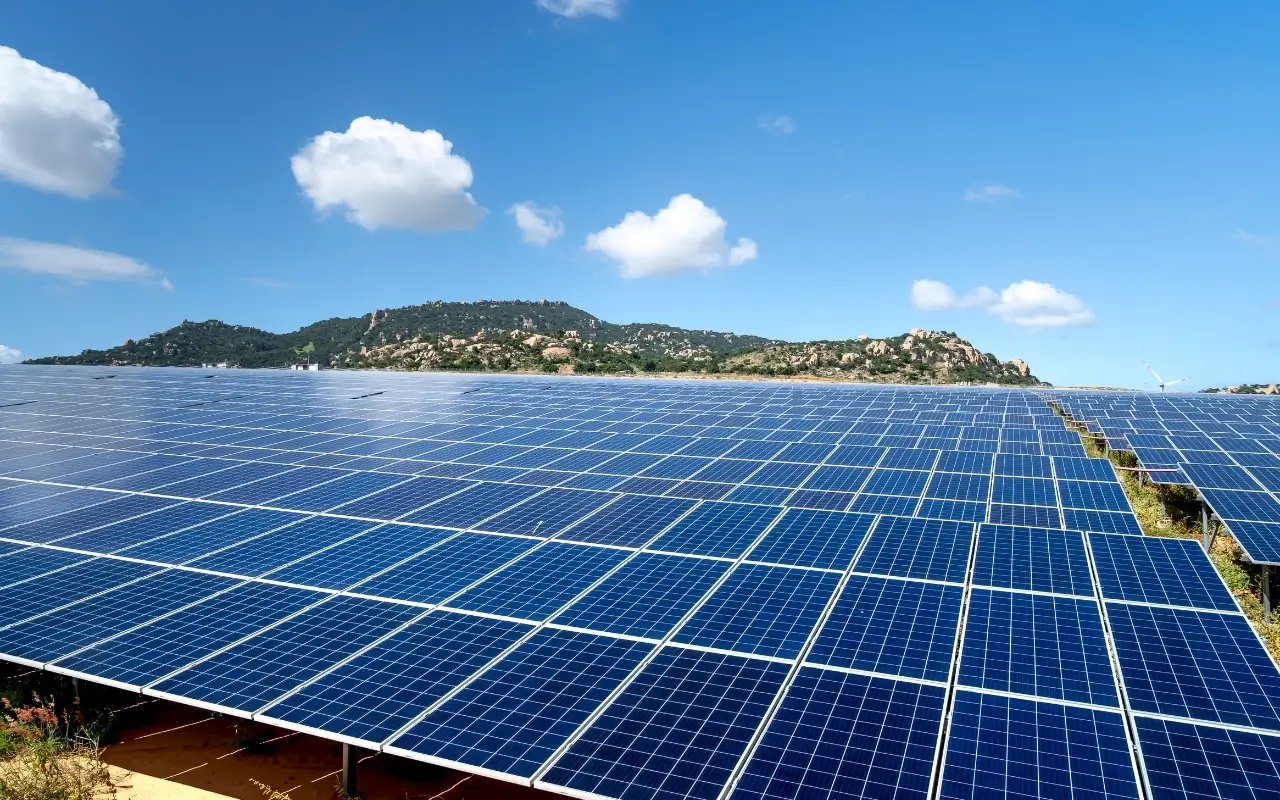
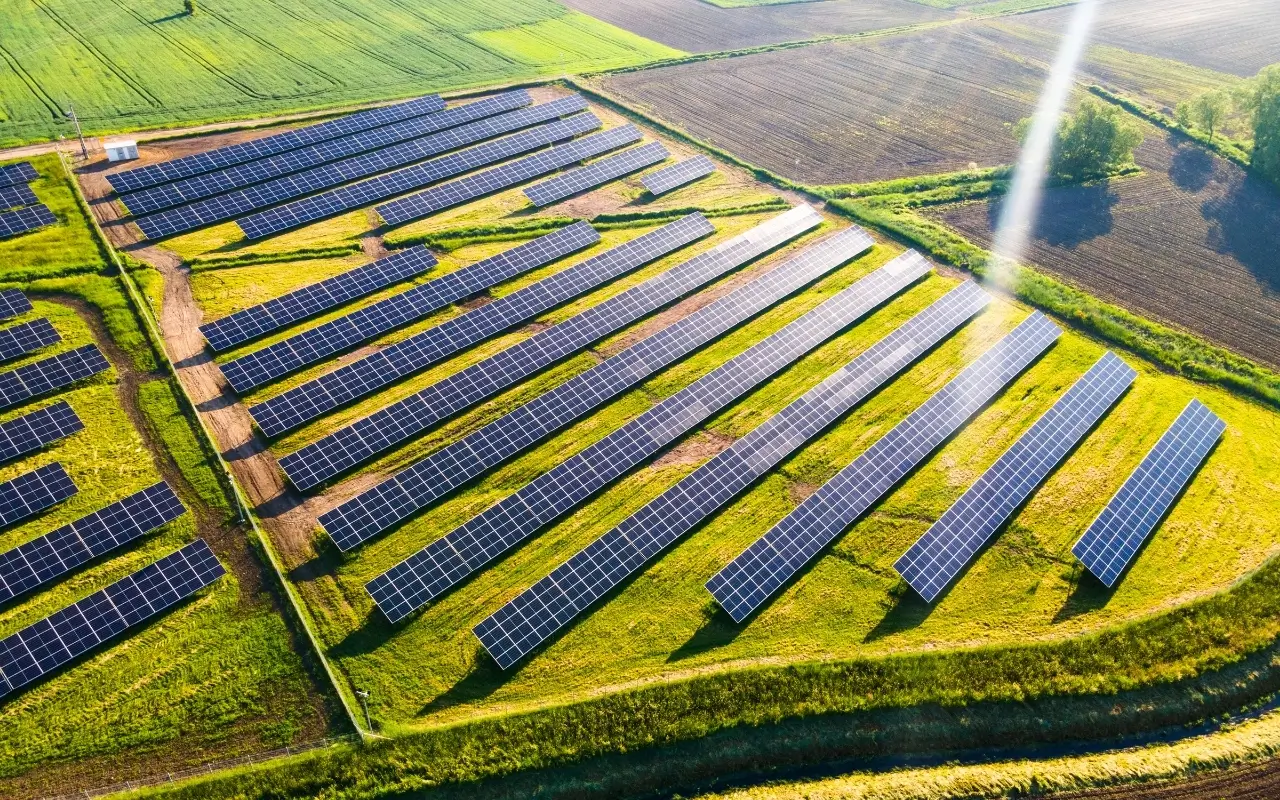
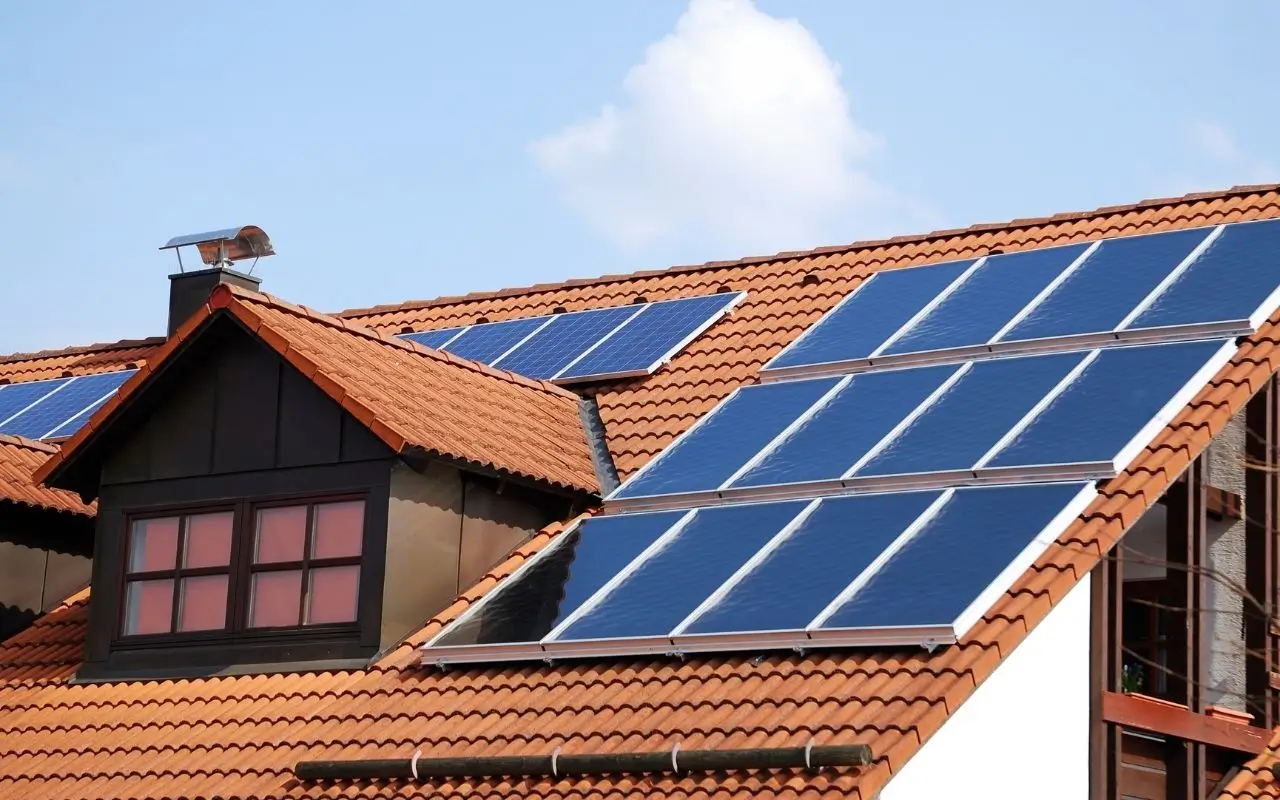
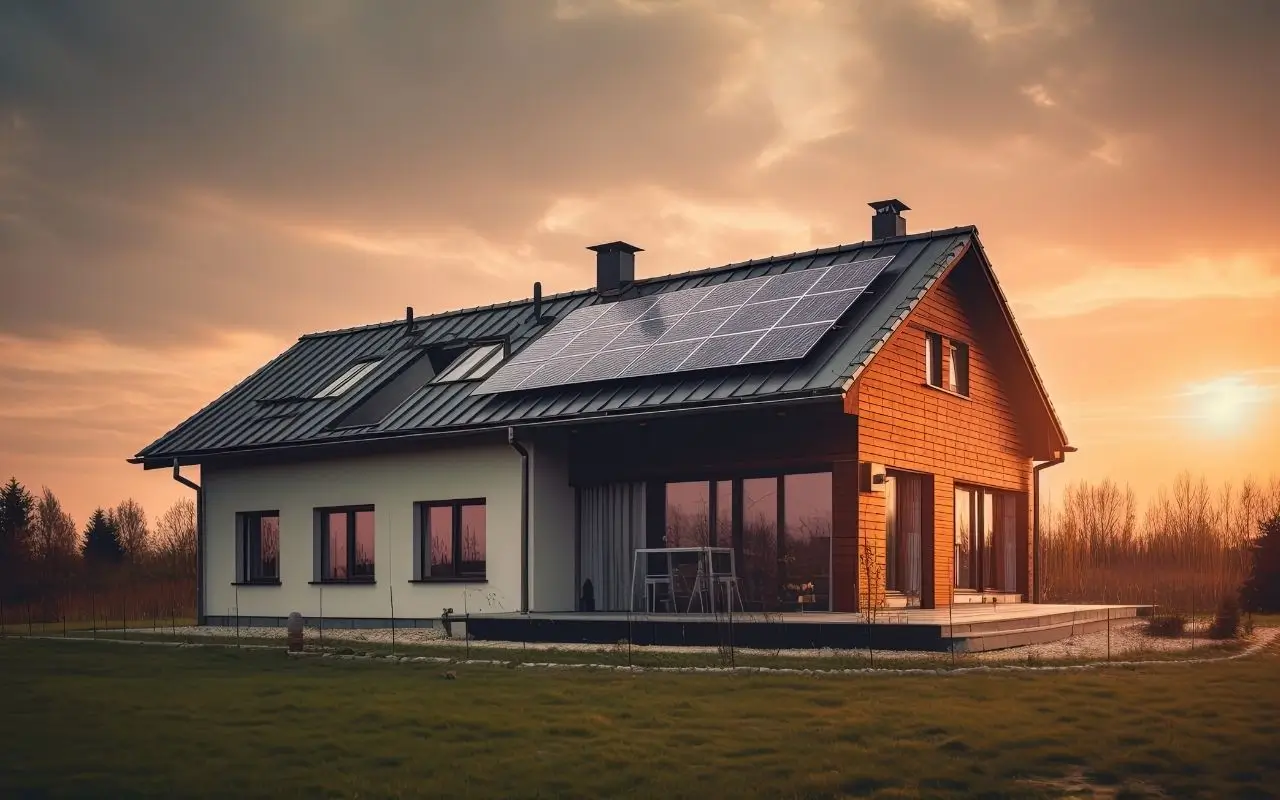
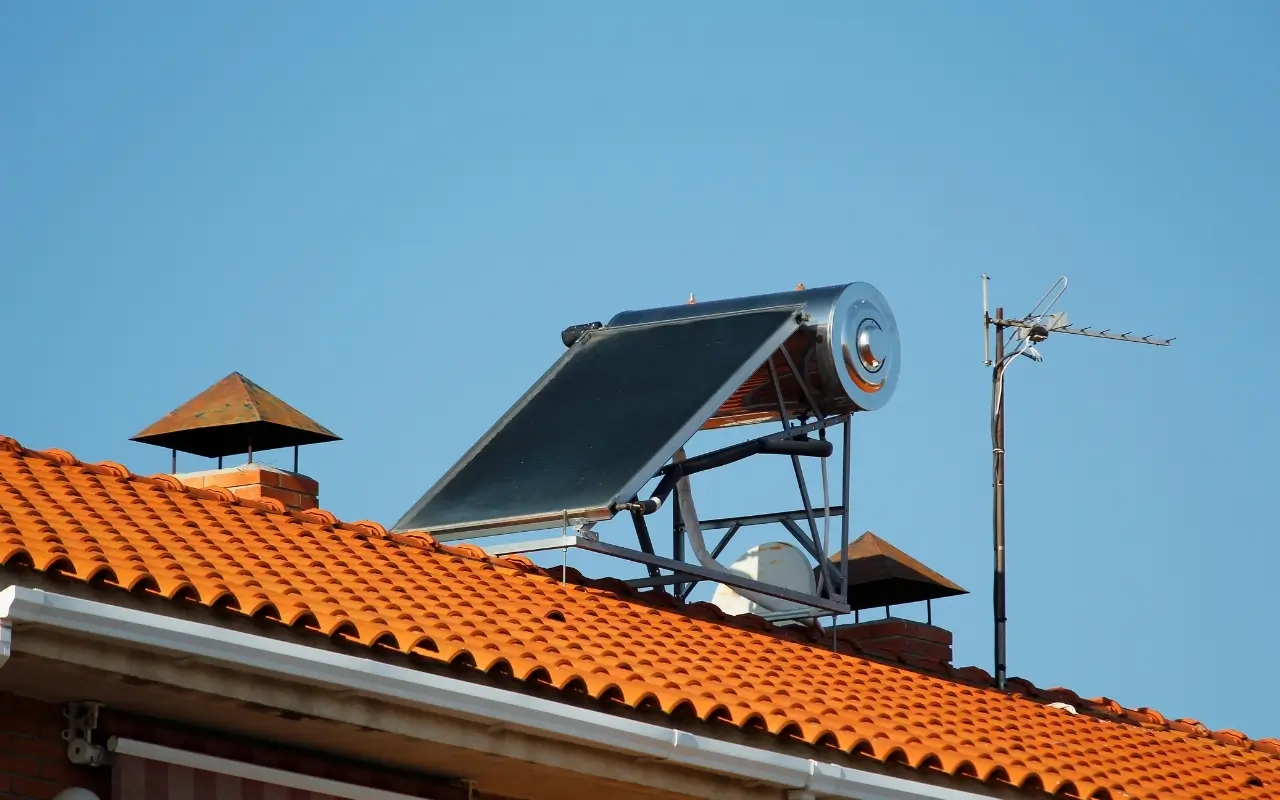
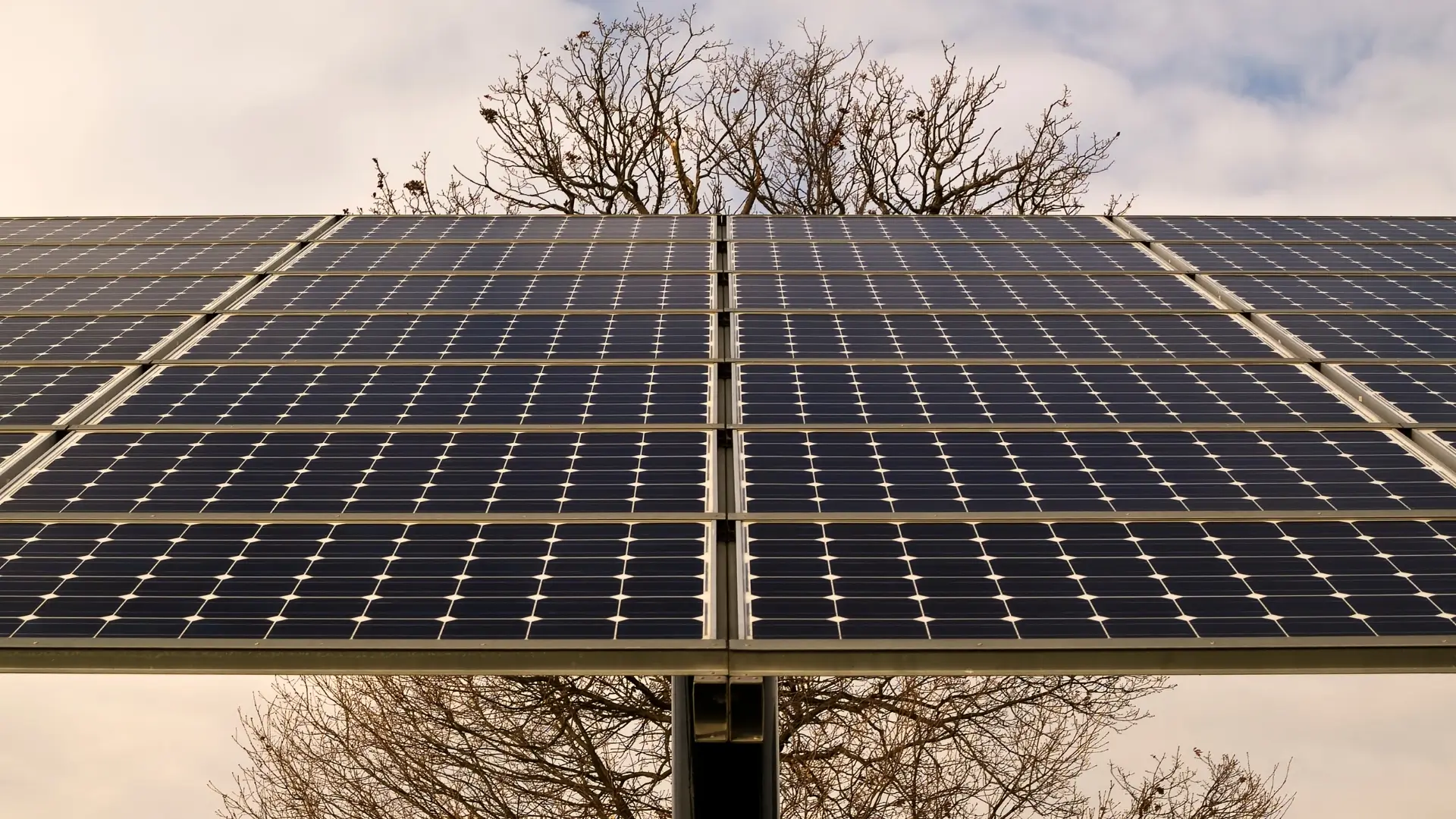
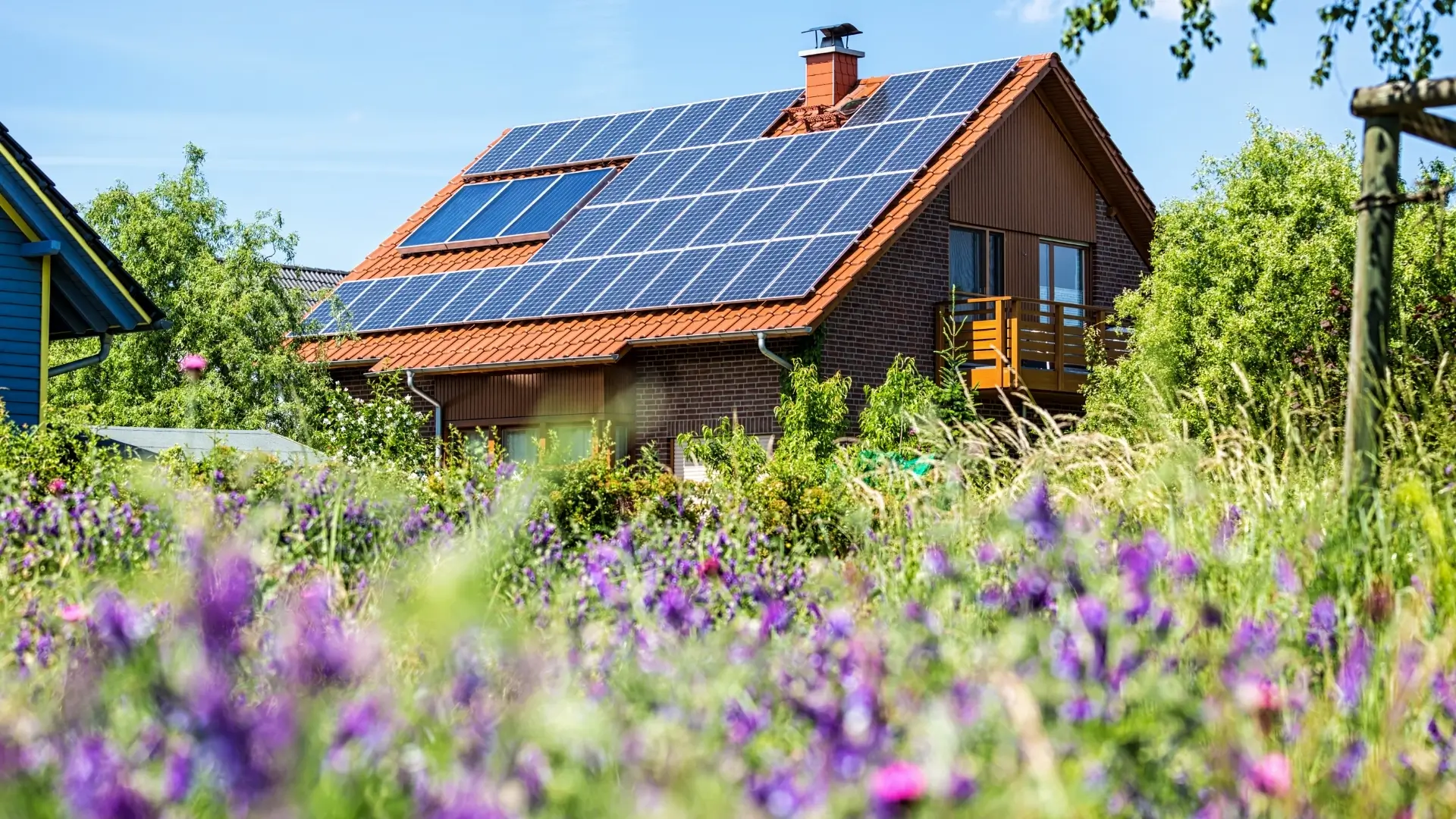
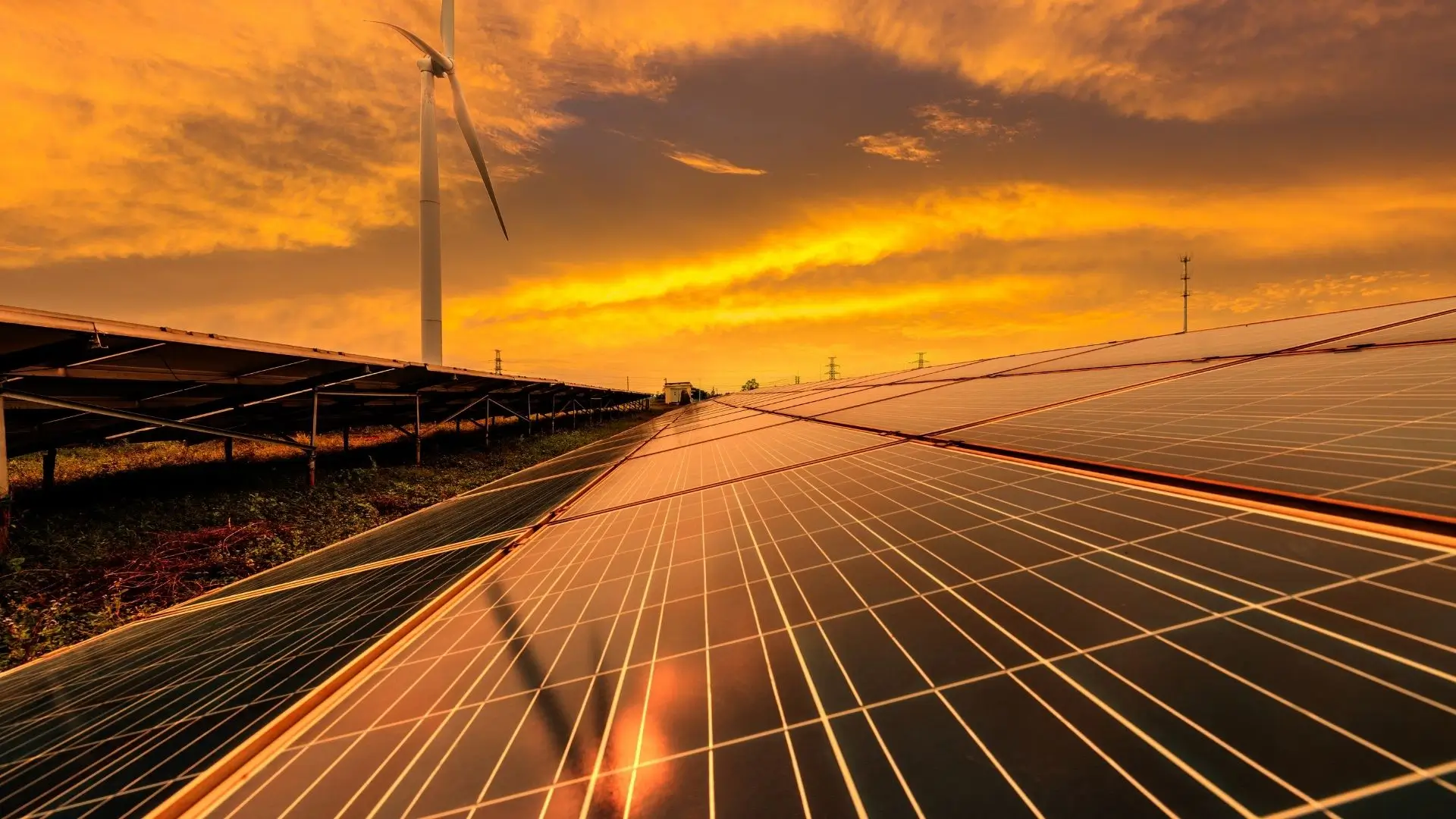
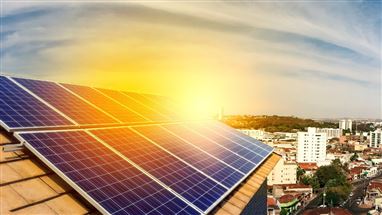
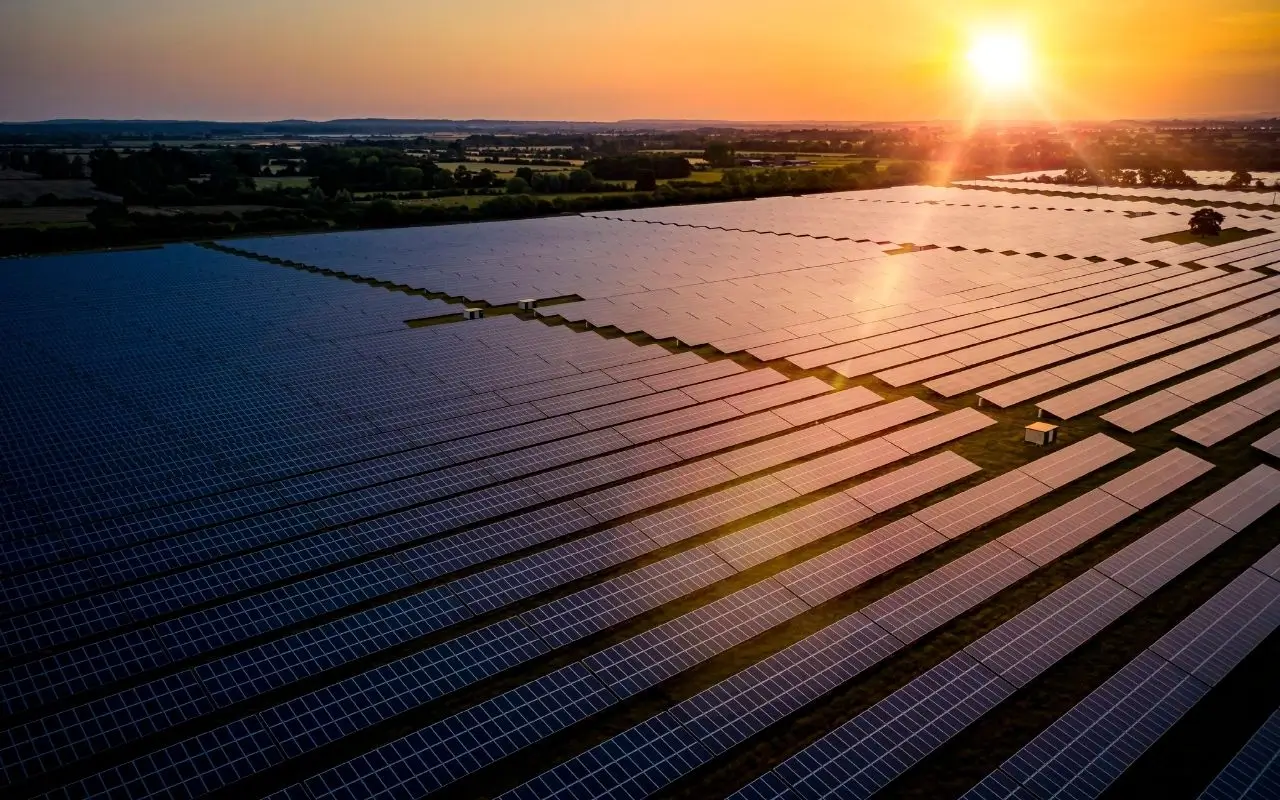
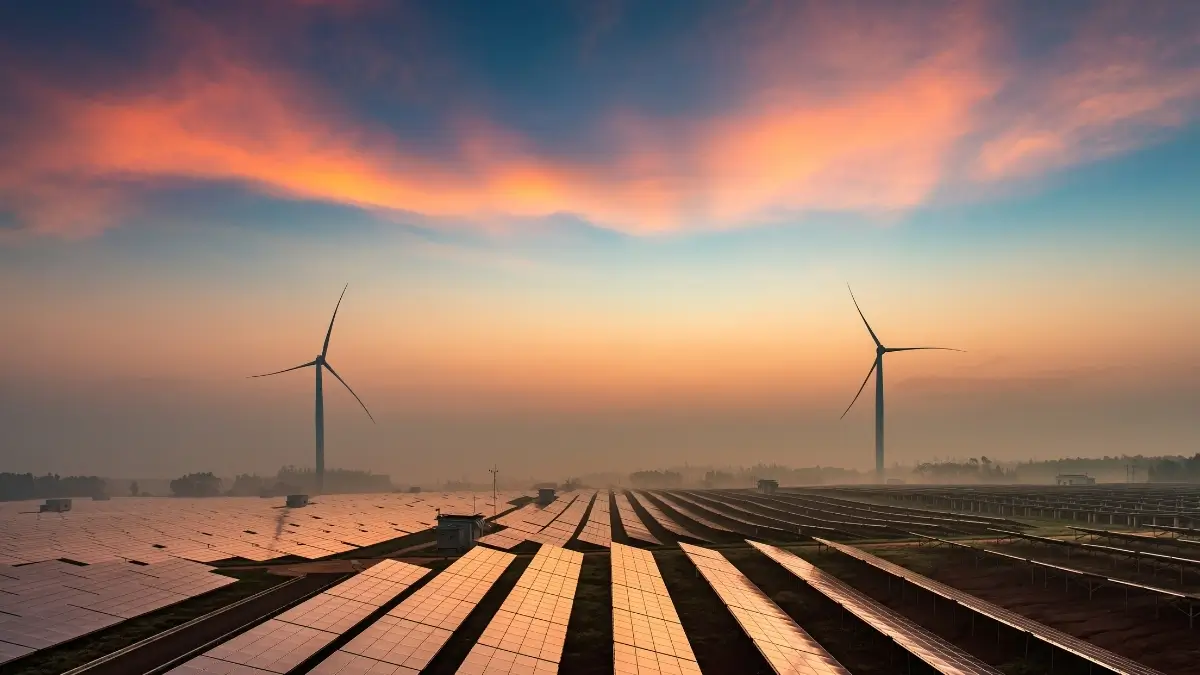
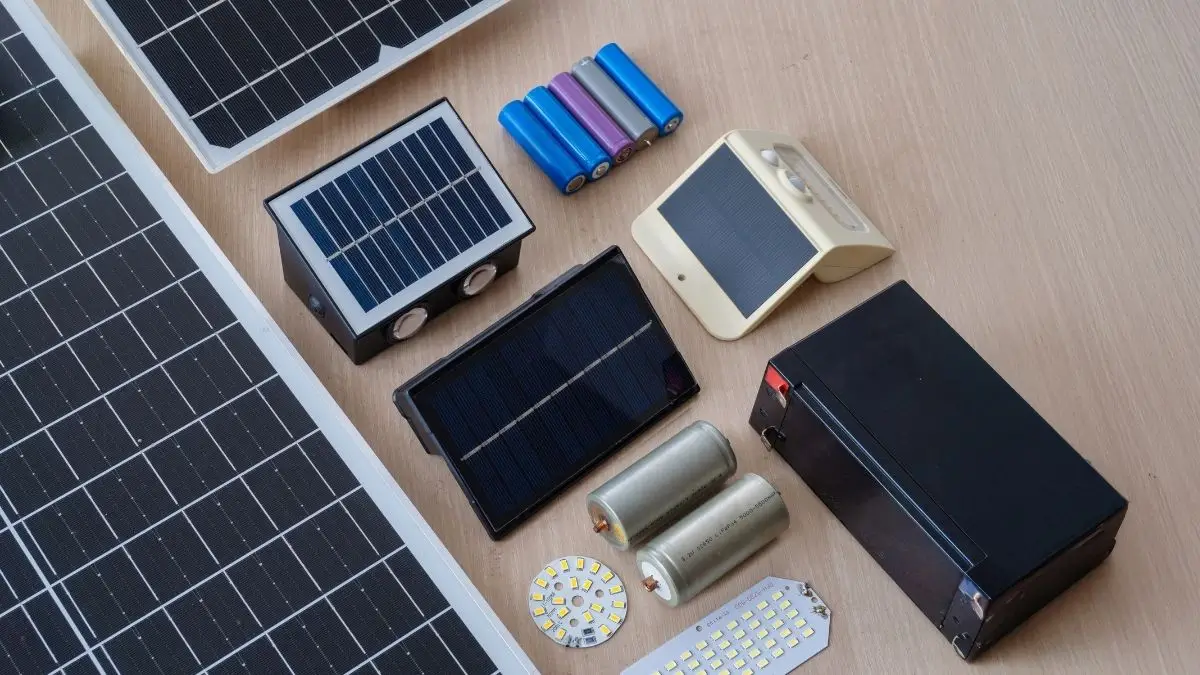
Lascia un commento